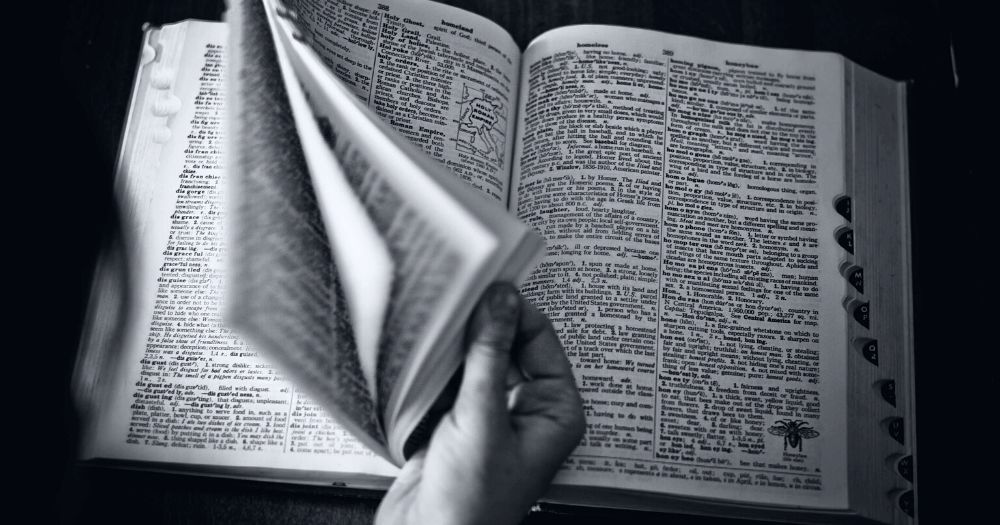The Cambridge Dictionary has included a new definition of ‘man’ and ‘woman’ to include transgender men and women.
The newly introduced description reads, “an adult who lives and identifies as female/male though they may have been said to have a different sex at birth.” An example used for this description is, “Mark is a trans man (= a man who was said to be female when they were born).”
The traditional definition for ‘man’ and ‘woman’ remains unchanged as “an adult female/male human being.”
The new definition has officially been in the dictionary since October 2022, with Sophie White, a Cambridge Dictionary spokesperson, has explaining the process of including trans people to The Washington Post.
“They carefully studied usage patterns of the words and concluded that this definition is one that learners of English should be aware of to support their understanding of how the language is used,” explained White. “We regularly update our dictionary to reflect changes in how English is used, based on analysis of data from this corpus.”
Cambridge dictionary…
Woman:
????????????? pic.twitter.com/RQoWkqBoS2
— LGBWithTheT (@LGBwiththeT) December 13, 2022
After receiving praise for taking a step towards normalising trans non-binary identities on a global scale, the American-English dictionary responded saying: “it all begins, in each case, with evidence of words in use. Each word follows its own path at its own pace before its use is widespread enough to be included in a dictionary.”
Dr Jane Mamlin, President of transgender support charity Beaumont Society, welcomed the update, commenting: “There has been so much misinformation and rubbish written about definitions of ‘man’ and ‘woman’ lately, but these definitions are clear, concise and correct.”
The Cambridge Dictionary is not the first to begin including gender-inclusive descriptions in their lexicon. In 2019, Merriam-Webster added the term ‘gender-nonconforming’ with a very detailed description, along with other words relating to trans healthcare such as ‘top surgery’ and ‘bottom surgery’. The company also updated its definition of ‘bisexual’ as well as adding ‘they’ as a singular pronoun.
© 2022 GCN (Gay Community News). All rights reserved.
Support GCN
GCN is a free, vital resource for Ireland’s LGBTQ+ community since 1988.
GCN is a trading name of National LGBT Federation CLG, a registered charity - Charity Number: 20034580.
GCN relies on the generous support of the community and allies to sustain the crucial work that we do. Producing GCN is costly, and, in an industry which has been hugely impacted by rising costs, we need your support to help sustain and grow this vital resource.
Supporting GCN for as little as €1.99 per month will help us continue our work as Ireland’s free, independent LGBTQ+ media.

comments. Please sign in to comment.